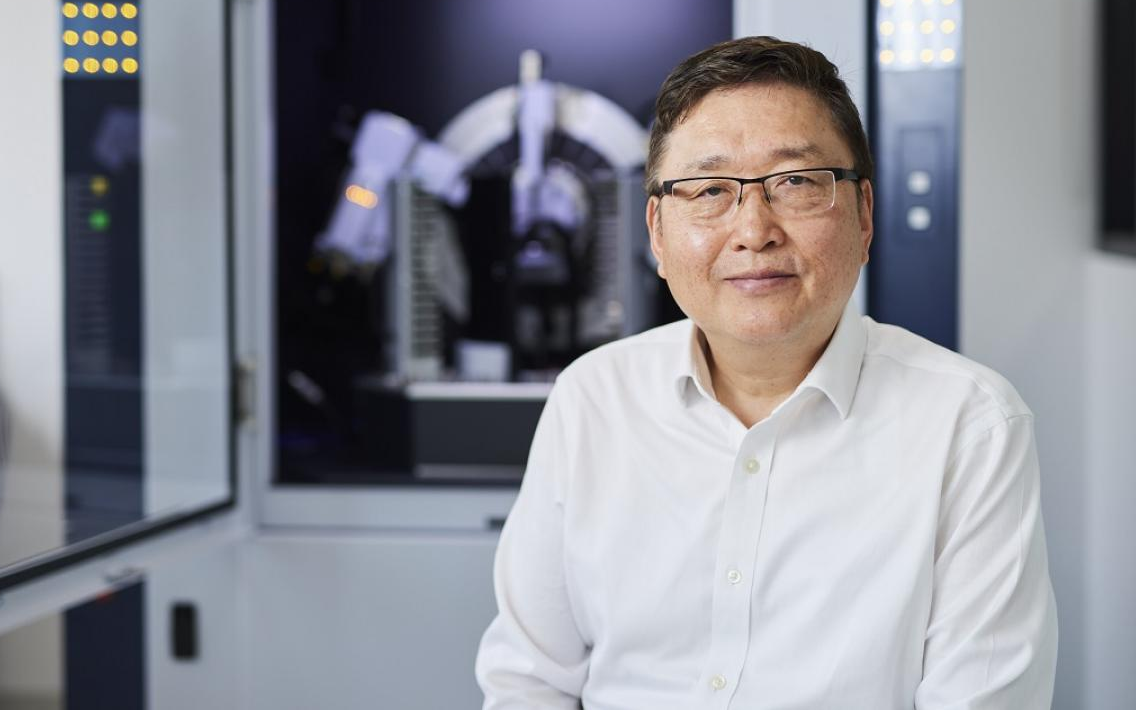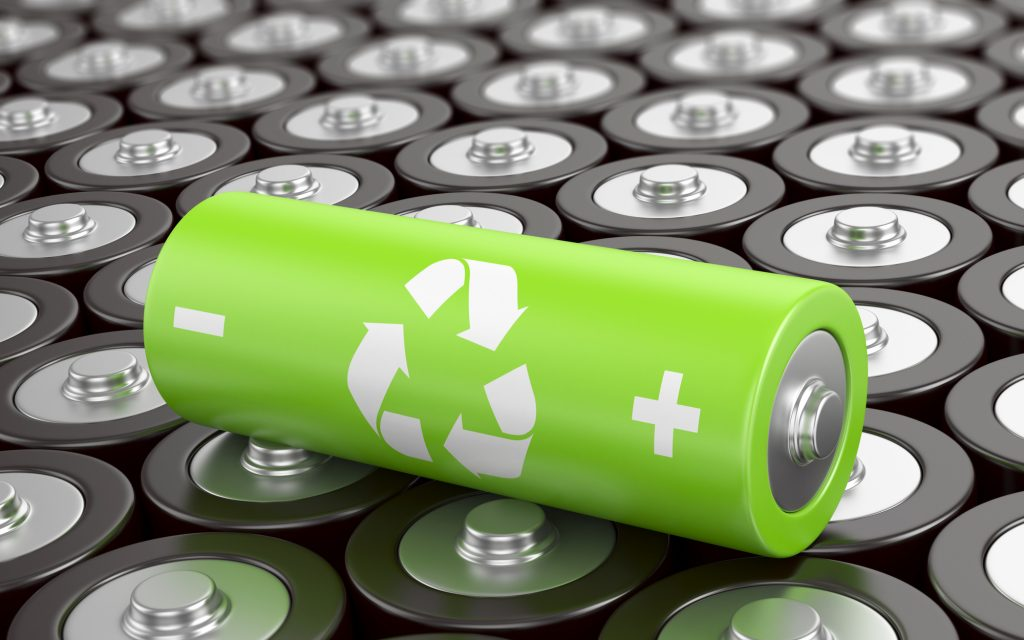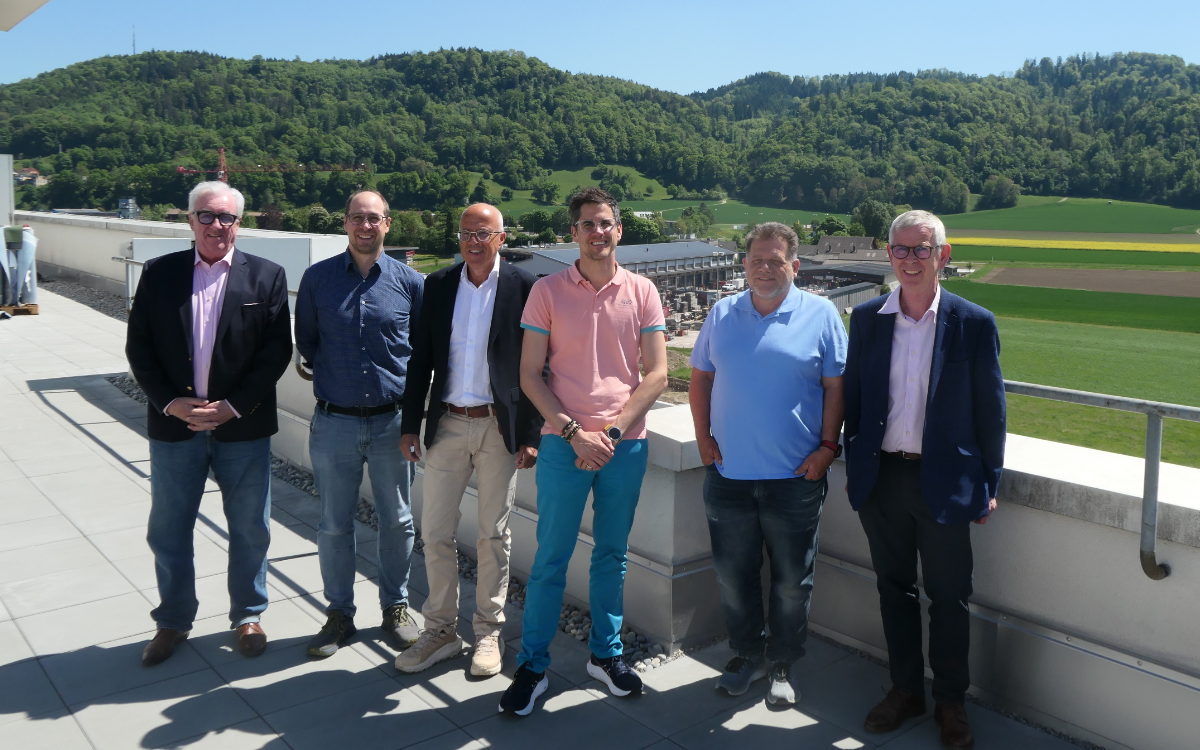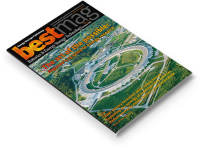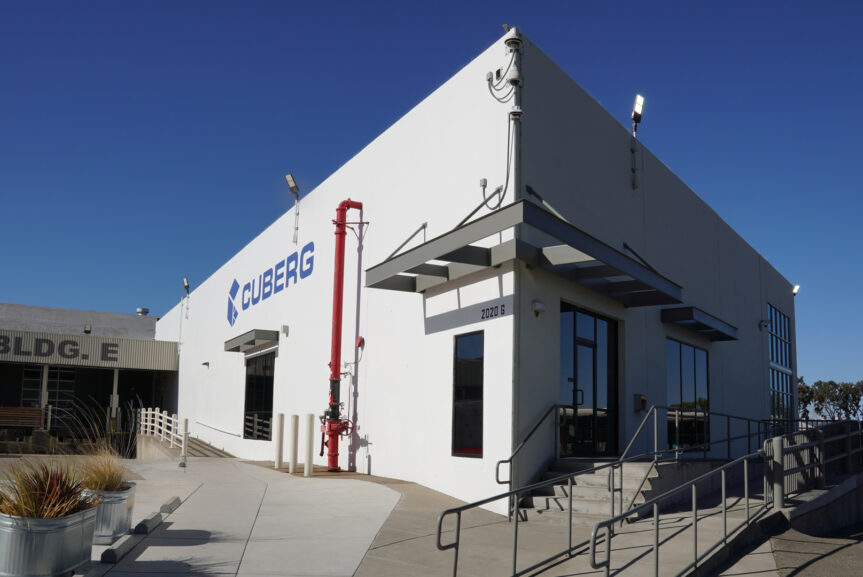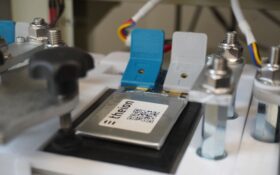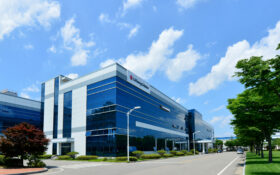At the University of Adelaide, a group of researchers lead by Professor Shizhang Qiao, Chair of Nanotechnology, and Director, Centre for Materials in Energy and Catalysis, has examined the sulfur reduction reaction (SRR) which is the pivotal process governing the charge-discharge rate of lithium-sulfur batteries. The “shuttle” effect is the main cause of degradation in a Li||S battery. This process results in the continuous leakage of active material from the cathode, lithium corrosion, low coulombic efficiency and low battery life and it is responsible for the characteristic self-discharge of Li-S batteries.
“When the electrocatalyst CoZn is used in lithium-sulfur batteries, the resulting battery achieves an exceptional power-to-weight ratio of 26120 W kgS-1,” said Professor Qiao. “Our research shows a significant advancement, enabling lithium-sulfur batteries to achieve full charge/discharge in less than five minutes.”
This is good news for many users of high-power lithium-sulfur batteries, which are aimed for various devices such as mobile phones, laptops, and electric vehicles. Current state-of-the-art lithium-sulfur batteries suffer from low charge-discharge rates, requiring several hours – typically from one to 10 hours – for a single full charge-discharge cycle.
The results have been published in the journal Nature Nanotechnology, where the researchers describe their work: “The activity of electrocatalysts for the sulfur reduction reaction (SRR) can be represented using volcano plots, which describe specific thermodynamic trends. However, a kinetic trend that describes the SRR at high current rates is not yet available, limiting our understanding of kinetics variations and hindering the development of high-power Li||S batteries. Here, using Le Chatelier’s principle as a guideline, we establish an SRR kinetic trend that correlates polysulfide concentrations with kinetic currents.”
“Our breakthrough has the potential to revolutionise energy storage technologies and advance the development of high-performance battery systems for various applications,” said Professor Qiao.

